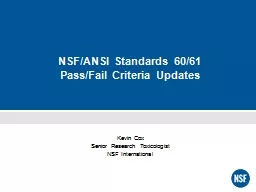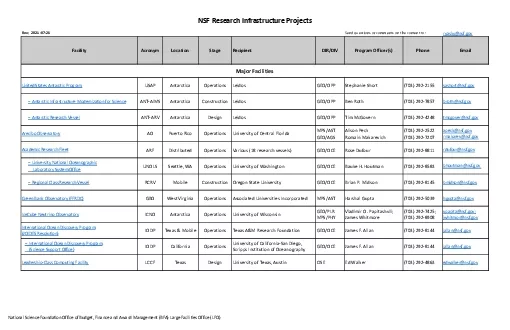PPT-Mobile Security NSF Workshop on Mobile Security
Author : tawny-fly | Published Date : 2019-02-03
June 27 2014 1 Pillars of Mobile Operating System OS Security Traditional Access Control Seek to protect devices using techniques such as passwords and idletime
Presentation Embed Code
Download Presentation
Download Presentation The PPT/PDF document "Mobile Security NSF Workshop on Mobile S..." is the property of its rightful owner. Permission is granted to download and print the materials on this website for personal, non-commercial use only, and to display it on your personal computer provided you do not modify the materials and that you retain all copyright notices contained in the materials. By downloading content from our website, you accept the terms of this agreement.
Mobile Security NSF Workshop on Mobile Security: Transcript
Download Rules Of Document
"Mobile Security NSF Workshop on Mobile Security"The content belongs to its owner. You may download and print it for personal use, without modification, and keep all copyright notices. By downloading, you agree to these terms.
Related Documents














